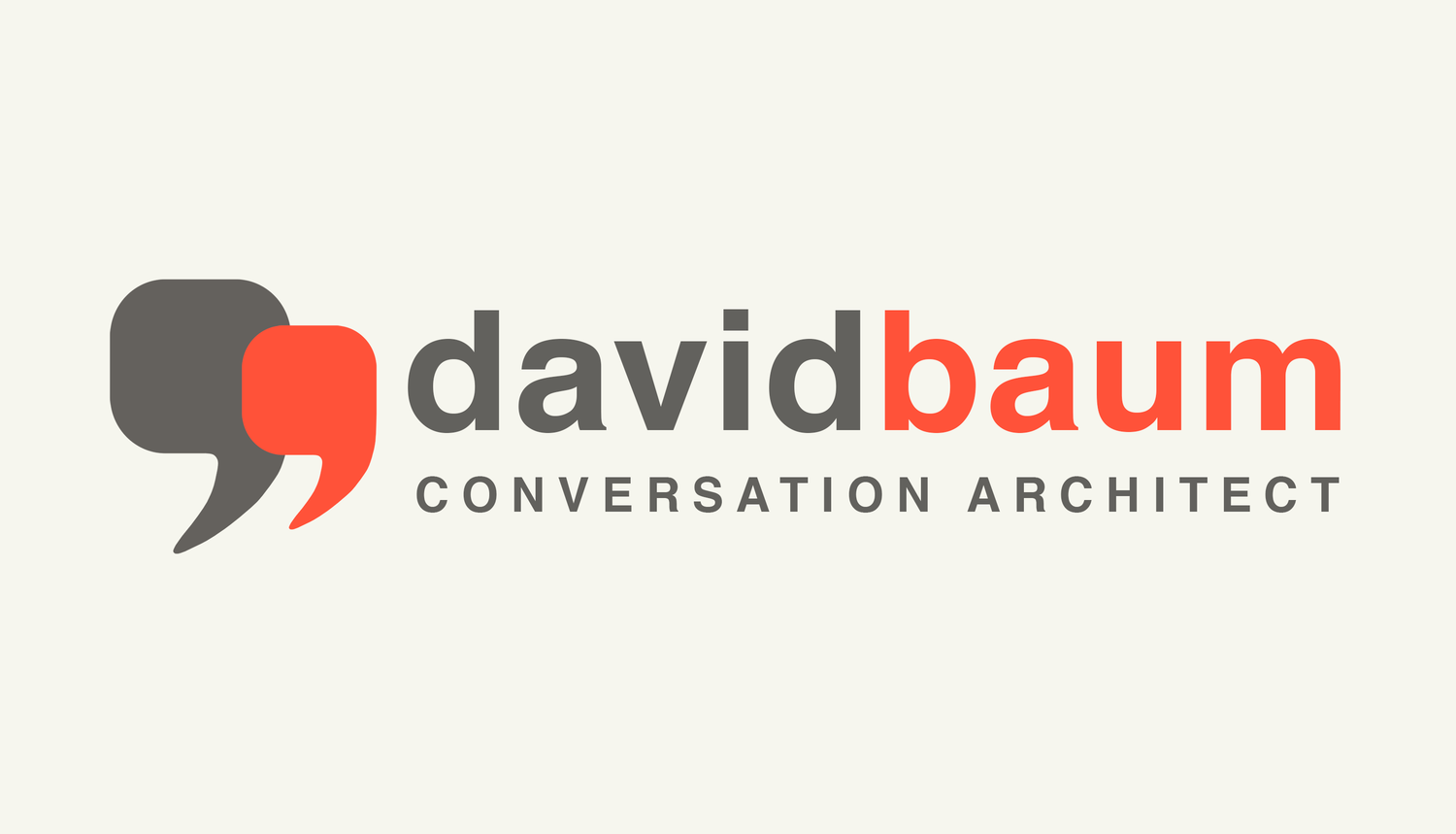The Five Ways to Motivate
Getting others motivated is often a tough and challenging task. Recently I learned of a model I wish to pass along. It was provided by Hannah Feldberg of Free the Children, the largest youth helping youth through education organization in the world. Based on the work of Gary Chapman, it assumes that early in our lives we each developed unique emotional patterns. Because each of us is wired differently, as a consequence we have different motivation needs. With all this difference, however, there are five basic motivational preferences. Chapman calls these preferences, "Really Personal Motivators" or RPM’s. They can help guide us in being more effective.
Typically we have one RPM we are most comfortable with, and is most effective on us. While other approaches often work, this one approach gets the most traction internally and reflects the way we operate in the world. The problem is we were all raised with the Golden Rule; “Do unto others as you would have them do unto you.” Thus, the way we like to be motivated is the way we frequently will motivate others. We can increase our effectiveness by considering how others want to be energized and valued. If we know their RPM, then our task becomes easier.
The five motivation styles are:
1. Verbal affirmation
2. Quality time
3. Giving and receiving gifts
4. Acts of service
5. Appropriate touch
The verbal affirmation preference type responds best to words expressed in simple, straightforward statements of affirmation. Indirect expressions, public praise and private comments work equally well. Hannah at Free the Children comments, “Remember Mark Twain, who said, ‘I can live for two months on a good compliment.’”
The quality time preference gets motivated when a boss or co-worker puts their work aside to talk, grab coffee, share a meal or invest in doing something together. It is motivating when another goes out of their way to provide meaningful and focused presence. If you are a Blackberry frequent flyer, watch out. It is the clearing of the calendar, and undivided attention that has significance and impact. Sneak peeks at your PDA will get noticed and your efforts will be diminished.
The giving and receiving gifts preference is motivated when someone makes small, tangible offers of kindness or appreciation. Coffee on a desk, or a small card left to be discovered, are both examples of this style. It is evidenced when one goes out of their way for another, without being asked or prompted. It is the act of being thoughtful through a gift that carries the meaning.
Acts of service implies just that. You go out of your way to help or support a colleague without asking. It is often a practical act that would otherwise go unnoticed. Hannah explains, “It’s assisting a co-worker with simple and often mundane chores. Or doing something kind like bringing them lunch because they’ve been in a meeting and haven’t eaten that carries the motivational effect.”
The appropriate touch preference is motivated by physical contact. A gentle touch on the arm while talking, or a pumped high five in celebration, are two examples. A small amount of human touch shows that you appreciate and care through non-verbal efforts. Of course, don’t become “creepy boss or co-worker”. If you don’t know what I mean, then just avoid this style.
In the end, we are all like cars hurtling down the highway with a five-channel CB radio. No matter what I do or how loudly I do it, if you are motivated by one style and I am trying another (usually what works for me) it probably won’t be too effective. Like you being on channel one and me on channel four. You can shout all you want. It won't get through. This can leave you feeling unappreciated for your efforts and short of your motivation goals.
Next time you wish to provide some motivation, consider expanding your approach using the RPM model and remember to motivate unto others the way they want to be motivated!

